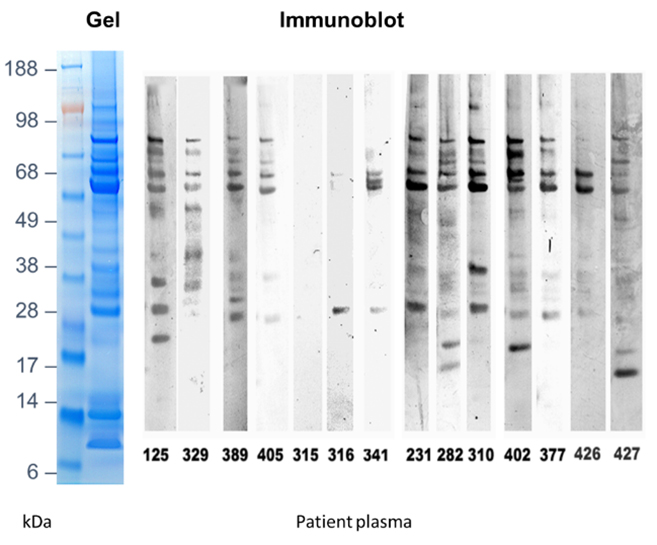Food processing can change the molecular shapes of food allergens, which can decrease or increase their ability to bind to specific antibodies in the blood of persons with allergies.
What does allergenicity mean?
Allergenicity describes the potential of a food allergen to elicit an allergic reaction in a person with specific antibodies against this food allergen.
For example, in egg whites are several proteins, which contain sections (“epitopes”) that are rather stable under digestion in the gastrointestinal tract after uptake with food. These epitopes are taken up into the blood circulation and recognised by specific anti-egg white antibodies that circulate in the blood of persons with an egg allergy.
The allergenic potential of the egg white proteins is revealed by the amount of allergen, which is sufficient to elicit an allergic reaction. The lower the amount, the higher the allergenicity of the allergenic protein.
Laboratory testing of allergenic potentials
The plasma of persons with specific allergies, for example egg white proteins, can be used to determine the allergenic potentials of proteins in laboratory testing. The proteins are extracted from the food, loaded on a polyacrylamide gel and separated by applying electric currency. They are then transferred to a nitrocellulose membrane and exposed to the diluted plasma of a person with a specific food allergy.
After several washing and developing steps, positive reactions are made visible by a colour reaction. The intensities of the signals can be measured optically. Proteins producing the darkest/most intense signals are present in high concentrations and/or are especially allergenic.
Food processing can change protein allergenicity
The shape and stability of a protein can be affected by food processing technologies. The size of the effect differs between proteins and treatments and is difficult to predict.
If the epitope (protein section) reacting with the patient’s antibodies is destroyed, the allergenic potential of the protein will decrease. If the epitope is structurally changed, this can lead to a higher or lower potential of binding to the antibodies.
Hazelnuts give a good example for food processing effects: During roasting, some allergens connected to pollen allergy are destroyed, but other proteins (related to energy storage) are structurally changed in such a way that their allergenic potential increases. Consequently, persons with pollen allergy can often eat heat-processed foods, while for others these products pose an increased risk.
Studying patient plasma
According to the EU legislation on Novel Food, the risks for consumers coming from “foods resulting from production processes and practices, and state of the art technologies” must be assessed prior to market introduction.
In the iNOBox project, we have studied the effects of several food processing techniques on the allergenic potential of egg- and milk-containing products using plasma from patients with confirmed egg or milk allergies.

